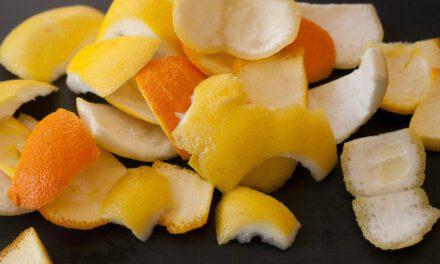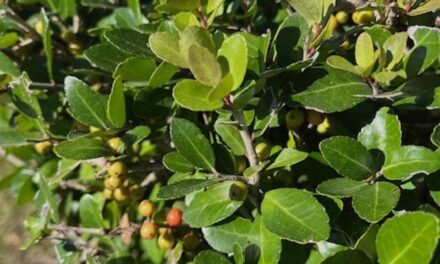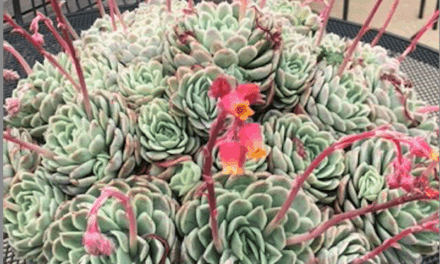 There are so many alternatives to lawn that are available, and they can add beauty and environmental services. Lawn or turf can be expensive to grow and maintain. There are areas in the yard that are too shady, sloped or have poor drainage. Most of our warm season grasses require full/part sun, regular irrigation, and well drained soils.
There are so many alternatives to lawn that are available, and they can add beauty and environmental services. Lawn or turf can be expensive to grow and maintain. There are areas in the yard that are too shady, sloped or have poor drainage. Most of our warm season grasses require full/part sun, regular irrigation, and well drained soils.
They don’t support wildlife or attract pollinators, and when an insect does show up the knee jerk reaction is to pull out the insecticides. Consider alternatives to mowed lawn.
Ground covers basically fall into four categories: grasses, sedges, annuals and perennials. These herbaceous plants could also be vines. Ideally, they should be low maintenance requiring minimal grooming, fertilizer, and/or water. Before planting it is a good idea to check the soil for pH, drainage and nutrients. Choosing the right plants for the space is so important. Plan to add organic matter into the soil and use mulch and edging to separate beds from turf. This will make the design more of a composition (think picture frame). Irrigation can be conventional in- ground spray heads or drip hoses and emitters. In either case, group plants together which have the similar watering requirements. General rule of thumb is to water deeply early in the morning. New plantings should be watered daily the first week, and as they establish their roots reduce to two or three times a week the first season. In an annual flower bed, generally plants can be installed closer together for mass appeal and coverage. Perennials and ornamental grasses, sedges, and vines should be planted for mature size, giving them enough space to spread. Some good clumping perennials for sun would be day lily, salvia, verbena, yarrow, coneflower, iris, and coreopsis. Shade loving spreaders are ferns, moss, creeping Jenny, coral bells, and woodland phlox. Herbs can be used as ground covering. The ones that spread like mint, thyme, oregano, trailing rosemary, and marjoram make great fillers, and they add to airy and aromatic pollinator friendly landscapes. Sweet potato vine is sold as an ornamental groundcover, but if you have space grow sweet potatoes to eat and have great ground cover too. For sunny dry areas try using succulents. There are so many types of sedum, cacti, Yucca, Dyckia spp., and aloe that are colorful and have great texture.
Ornamental grasses and sedges can be grown as accent plants like the chartreuse Carex or sweet grass. These are used for mass plantings, low maintenance and xeriscaping. Little bluestem, Purple love grass, and some of the dwarf switch grass cultivars are useful in places that are natural or hard to mow. These are extremely drought tolerant and provide seeds and nesting materials for animals. Beware of “no-mow” shade grass mixes sold at large retail outlets. These aren’t really going to be perennial here, but there are some species like black needlegrass Piptochaetium avenaceumand Chasmanthiumthat thrive in light shade.
Adding compost as a topdressing annually may be enough for native groundcovers, but a light application of slow release fertilizers in spring may help others to have the energy needed to continue blooming. Ground covers come in many forms, textures, and colors. They hold soil and provide habitat and food for insects and other wildlife creating a “Joyful Alternative” to grass. Mowing is not required.
For more native plants beneficial to wildlife:
https://scnps.org/wp-content/uploads/2012/04/SCNPS_AlternativeLawns.pdf







